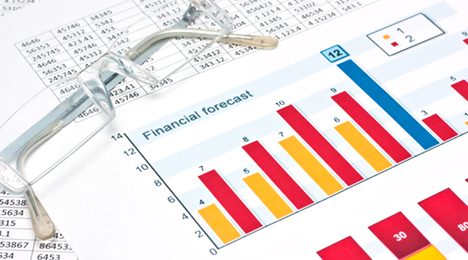Composite Default Reading at Lowest Point Since 2006

The other four credit categories included in the S&P/Experian Consumer Credit Default Indices joined auto loans in showing declines in February.
Analysts from S&P Dow Jones Indices and Experian indicated that February data showed the auto loan default rate dipped to 1.03 percent last month, down from 1.11 percent in the previous month. They noted the auto loan level also stood at 1.11 percent in February of last year.
Meanwhile, the national composite reading — a comprehensive measure of changes in consumer credit defaults — declined to 1.30 percent in February, its lowest rate since August 2006.
The first mortgage default rate was 1.23 percent in February, down from 1.26 percent in January.
The second mortgage rate stood at 0.69 percent in February, down from 0.72 percent in January.
Analysts highlighted the bank card rate of 2.83 percent is a new historic low, beating out the previous low of 2.97 percent set in October.
“Despite some mixed economic reports and severe weather, consumer credit default rates continue to decline” said David Blitzer, managing director and chairman of the index committee for S&P Dow Jones Indices.
“Across all categories, default rates improved,” Blitzer continued. “Other data confirms the improving trends. Retail sales revived in February. Purchase of services rose 0.9 percent, the largest jump in over 10 years. And personal income is resilient as incomes rose by 0.3 percent.
“Consumer default rates have stabilized at levels similar to those seen before the financial crisis,” he went on to say.
Looking geographically, analysts noticed four out of the five cities they track for this monthly report saw default rate decreases.
Dallas was the only city to see an increase in default rates as it ticked up to 1.16 percent in February, which was 2 basis points higher than January’s level.
Miami recorded the largest drop to 2.23 percent, a level 38 basis points lower than January’s level.
Los Angeles continued its downward trend, recording a reading of 1.05 percent, the lowest default rate seen since July 2006.
“Miami maintained the highest default rate and Los Angeles had the lowest,” Blitzer said. “Four cities — Chicago, Dallas, Los Angeles and Miami — remain below default rates they posted a year ago, in February 2013.”
However, New York’s default rate ticked up slightly to 1.46 percent, a year-over-year lift of just 5 basis points. The Big Apple’s level in February settled 3 basis points lower than the previous month.
Jointly developed by S&P Indices and Experian, Blitzer reiterated the S&P/Experian Consumer Credit Default Indices are published monthly with the intent to accurately track the default experience of consumer balances in four key loan categories: auto, bankcard, first mortgage lien and second mortgage lien.
The indices are calculated based on data extracted from Experian's consumer credit database. This database is populated with individual consumer loan and payment data submitted by lenders to Experian every month.
Experian’s base of data contributors includes leading banks and mortgage companies and covers approximately $11 trillion in outstanding loans sourced from 11,500 lenders.


